|
2020 has been an incredibly yogic year.
By that, we mean that it’s been a time where we’ve been forced to question or change our patterns of behavior and take a deeper look at our desires. To a yogi, these are great blessings. We may think that our actions are important, but far more interesting are the desires that lead to action. Desire itself is always something to investigate. For thousands of years, yogis (and Buddhists) have recognized that desire is a cause of suffering. Therefore, they teach the removal of desire as a means to spiritual liberation. We can only confront our desires when we recognize them. Most of the time they lie low beneath the surface of our awareness. A time that forces us to recognize desire is helpful. It may not be pleasant, but it is beneficial for yogic progress. Beyond desire, 2020 has been a time to recognize impermanence. Not only did many of our patterns die, many of us have lost someone we are close with, or lost some of our (perceived) comforts. These again are great teachers on the yogic path. Finally, self inquiry is inherent in philosophical systems. The Upanishads and Bhagavad Gita teach the nature of the self, the Buddhist Nikayas teach the idea of non-self, the Yoga Sutras examine the relationship between consciousness and matter. For centuries, inquiry into the true nature of the self has been a part of human existence. This is because incorrectly identifying the self is also a source of suffering. In a year like 2020, we’ve been stripped of things we identify as self. Our customs, patterns, habits have been interrupted. The crisis we have felt is our sense of self being pulled out from under us. To a yogi, this is incredibly useful! We never needed those patterns in order to be who we are. We simply are.
1 Comment
This blog is part of a series about the hips. The next movement of the hips we will explore is external rotation. This movement is subtler than flexion or extension. However, external rotation plays a big role in yoga practice. External rotation of the hip is needed for challenging postures like Leg Behind the Head, but is also needed for all seated postures. For this reason it plays a big role in enabling pranayama and meditation practices. It is a physical skill that is needed for practices that take us beyond the body. Muscles of External Rotation External rotation is when the leg bone (femur) rotates away from the body. There are a lot of muscles that facilitate this motion, and any one of them can give us trouble. These muscles include: piriformus, quadratus femoris, two obdurators and the gemelli. (The gluteus maximus also aids in external rotation.) External rotation is not particularly difficult when standing. Most of us have no problem pointing the toes of one or both feet out to the sides. However, this action is complicated quite dramatically once we had hip flexion.
Seated postures like Lotus can become problematic because the knee joint is much less stable than the hip. If we attempt to sit in Lotus without being able to do so safely, the knee tries to compensate for tightness in the hip.
In cultures that sit on the floor, external rotation is not a challenging movement. For those who sit in chairs, this movement is much more challenging. It can take time to develop this skill. This blog is part of a series about the hips. The second movement of the hips we will explore is extension. Extension is when the front of your thigh moves away from your pelvis. The main muscles of hip extension are the gluteus maximus (butt muscle) and the hamstrings. Unlike quadrupeds, humans walk upright. So, one of the strange things about the hips is that they are already in extension while we are standing. We don't have much range of motion in the hips past 180 degrees. What might feel like hip extension beyond that, often begins to incorporate the spine. Let's look at the muscles that extend the hips. They are the muscles that work in a posture like Locust, or when we stand up out of Chair. They also work in poses like Balancing Stick or the back leg in a Lunge.
The second main group of muscles that extend the hip are the hamstrings. There are three main hamstrings. They are the semitendinosus, the semimembranosus and the biceps femoris.
In Practice In yoga poses, these muscles often work to stabilize the pelvis. For example, in the standing leg of Balancing Stick, both the hamstrings and the gluteus maximus are what hold the pose. It's common to hear that tight hamstrings are the cause of trouble in Balancing Stick. However, it's quite the opposite. Weak hamstrings are the issue. It is important to recognize the muscles of hip extension and strengthen them. Unlike the hip flexors which do not need to be strengthened, strength in the hip extensors should be cultivated. They are big and powerful muscles. Especially in cultures that tend to be sedentary, they are often underdeveloped. This leads to further imbalances in the body. This blog is part of the series about the hips. The first movement of the hip we will examine is flexion. Technically speaking, flexion is movement in which the anterior surfaces of the limb move toward each other. Simply put, it is when the thigh moves closer to the upper body. The hip flexes often. When we walk, jump or run, our hips flex and extend over and over again. This is a natural movement and one that isn't difficult for our body to comprehend. Let's look at the muscles in the body that make this motion possible.
Finally, the sartorius is a very long and thin muscle that runs from the pelvis to the tibia (shin bone). It is the longest muscle in the human body! It is perhaps the lesser known of the "hip flexors" but can play a moderate role in flexion.
The muscles that flex the hip are not huge, powerful muscles. Aside from addressing any significant imbalance, it is not particularly useful to focus on strengthening this part of the body. Instead it's usually worthwhile to work on developing the muscles that extend the hip. This will help lengthen the hip flexors. In day to day life, the hip flexors are often in a shortened position. This has to do with how much we sit on a regular basis. When we sit, the hip flexors are short and they tend to stay that way even when we try to lengthen them. Back discomfort often comes from tight hip flexors (the psoas in this case). Tight hip flexors can also keep us from back bending affectively.
The hips are a big focus in asana practice. We may have heard instructions like open the hips, breathe into the hips, compress the hips, decompress the hips, or stabilize the hips. All of this begs the question, what are the hips? And what should we be doing with them?!
Let's start with the basics. The hip is a joint. This is important. It is the point of connection between the head of your femur (leg bone) and your pelvis. The hip joint has a relatively big range of motion, allowing us to walk, jump and move our legs forward, back and to the sides. It can rotate internally and externally, though in a much smaller range of motion than the previous movements. To complicate things further, the hips usually work in a combination of movements. Because of the various ways in which the hip joint moves, there are many muscles or areas of the body we could be referring to when we talk about the hips. We will examine these in detail in the next few blogs. Before that, let’s consider a few other ideas about joints in general. Any and all joints in the body are moved by muscles. Muscles move the body. Bones sustain the body's weight. Joints serve as connections between bones which enable us to be something other than a concrete statue. Since joints need muscles to move, it’s not possible to affect a joint without using muscles. A cue to engage, stretch, or lengthen a joint can therefore be misleading. This may seem like splitting hairs, but our ability to understand the way in which our body moves is what gives us freedom in our practice. If we know exactly what we’re trying to do and how, progress comes easily. Over the next few blogs we'll look at the different movements of the hips and how they relate to postures. |
AUTHORSScott & Ida are Yoga Acharyas (Masters of Yoga). They are scholars as well as practitioners of yogic postures, breath control and meditation. They are the head teachers of Ghosh Yoga.
POPULAR- The 113 Postures of Ghosh Yoga
- Make the Hamstrings Strong, Not Long - Understanding Chair Posture - Lock the Knee History - It Doesn't Matter If Your Head Is On Your Knee - Bow Pose (Dhanurasana) - 5 Reasons To Backbend - Origins of Standing Bow - The Traditional Yoga In Bikram's Class - What About the Women?! - Through Bishnu's Eyes - Why Teaching Is Not a Personal Practice Categories
All
Archives
May 2024
|


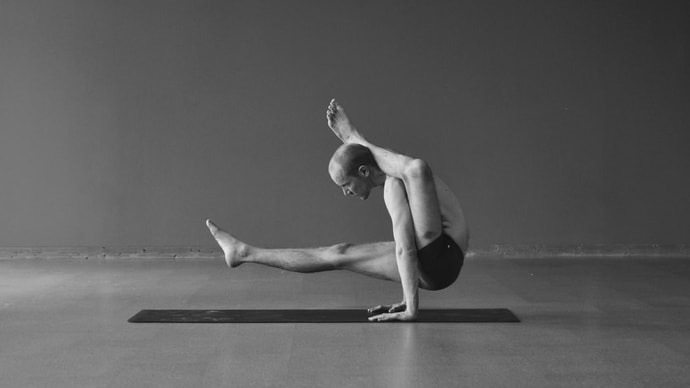
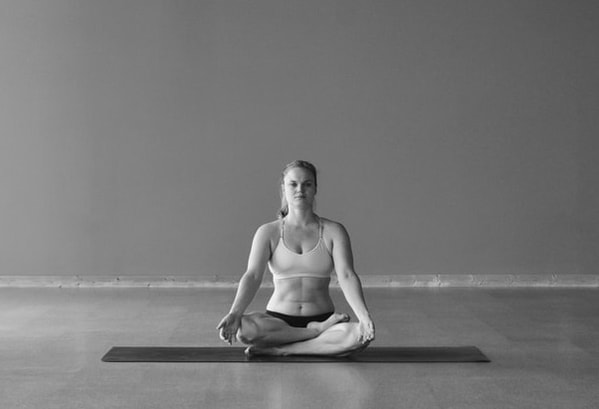
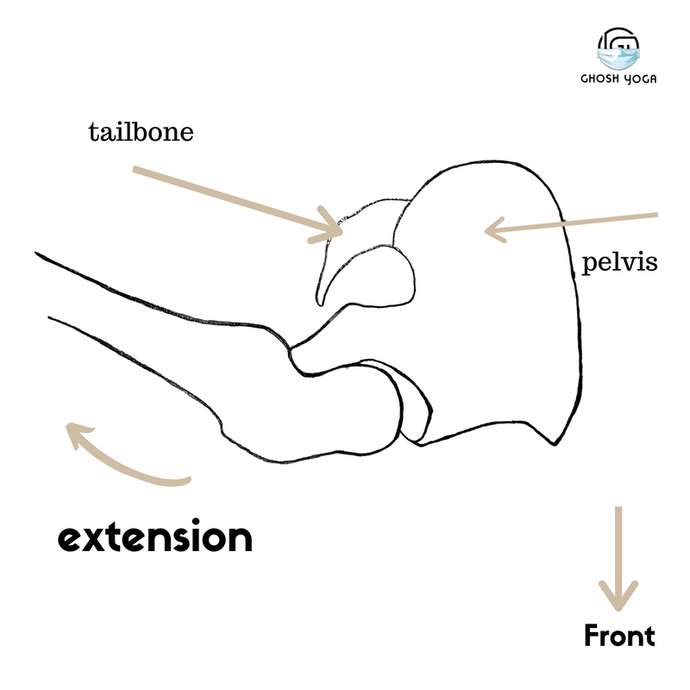
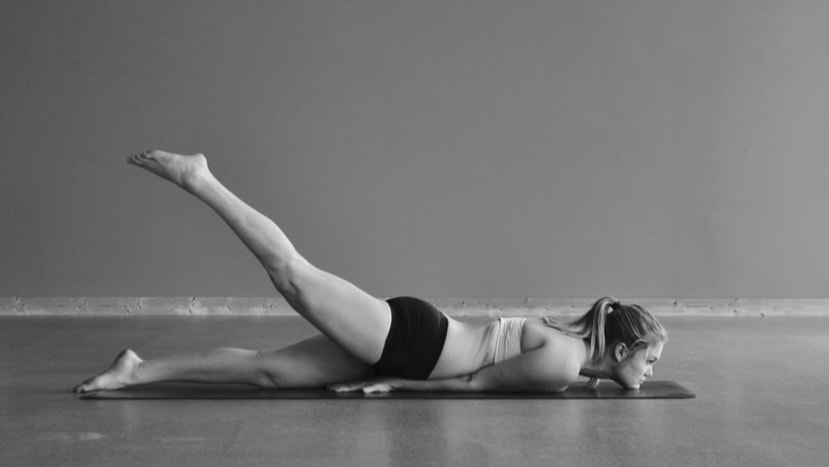
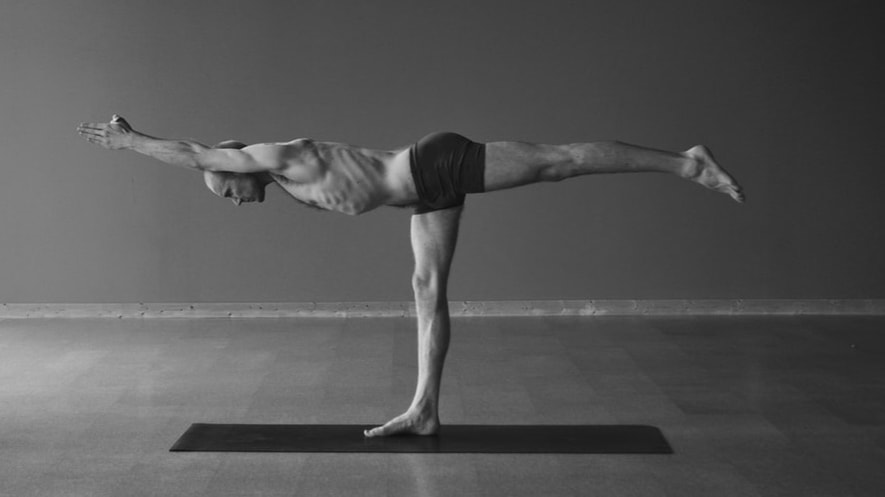
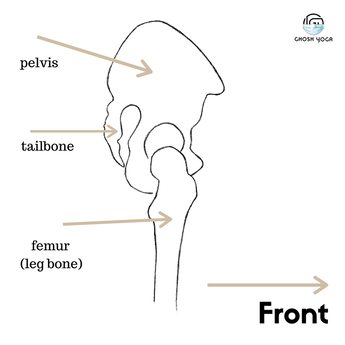
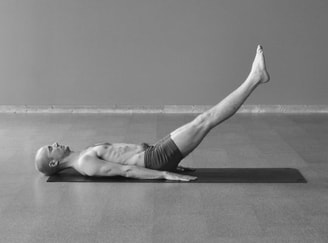
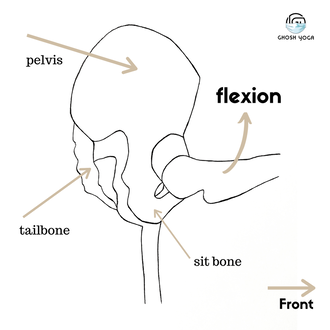
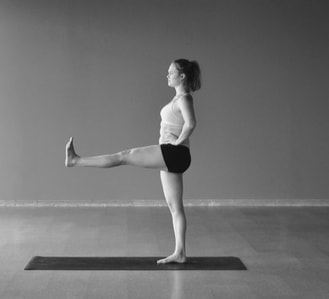
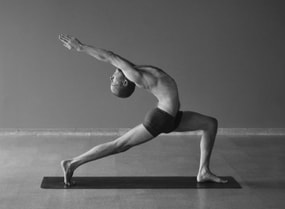
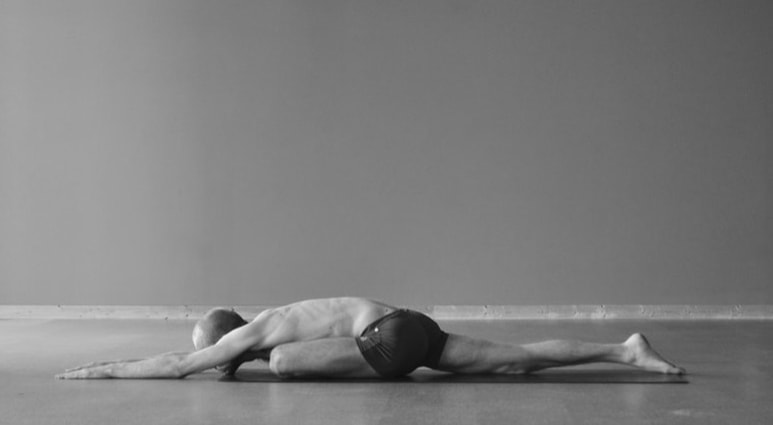





 RSS Feed
RSS Feed